
* Pantaenius UK Limited is authorised and regulated by the Financial Conduct Authority (Authorised No.308688)
In addition to a detailed inspection of the rig before or after the season, in-between checks are just as important for ensuring safety on board. It only takes a few minutes to walk around the deck yourself to inspect a section of the mast, the bolts or even split pins. We have compiled a list of the sources of rig failure that, in practice, we have encountered most often. Please note that this is a selection of potential sources of failure and the overview makes no claim to completeness, nor does it replace an inspection by a rigger.
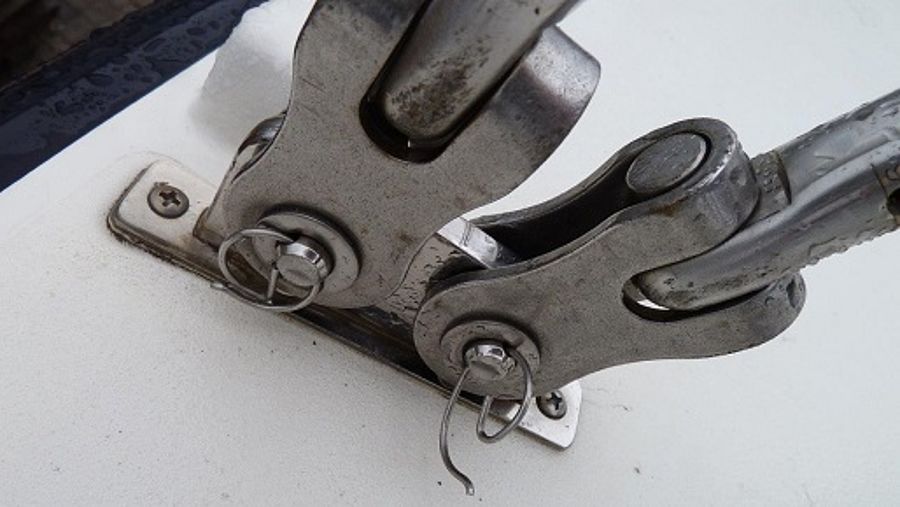
SOURCES OF WEAR AND TEAR AND DAMAGE
Often a forestay failure is the cause of a broken mast. Foresails can become twisted in the furling system and this creates a heavy load on the forestay. The forestay wire can be worn down by increased loads in the furling system and in many cases the wire becomes unravelled, causing the individual strands to start to break. The tensioner, the wire and bearings within the furling system should therefore be checked more often - even if dismantling it is not easy.

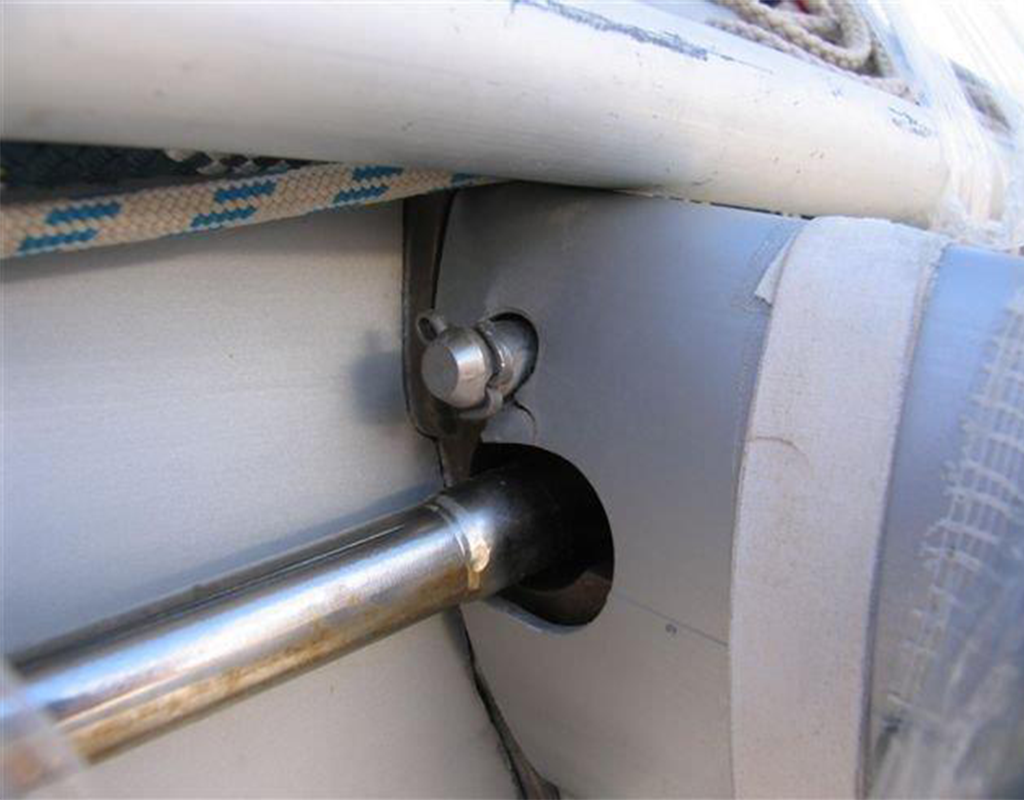
Are the bolt and screw connections secured to the spreader? Both the connection of the spreaders to the mast, as well as the connection of the end fittings of the spreader to the spreader itself, must be firmly in place. Due to slack on the leeward side and the continuous back and forth movement of the shroud downwind, there is a high risk of slippage if the connection is not secured. Fatigue cracks can also appear: once the mast flexes and the shrouds are rigid, the spreader tends to move on its base. This places strain on the spreader mounting and can result in cracks in the spreader and in the mast mounting.
Corrosion can also be an issue: if the fitting at the end of the spreader is not opened and maintained regularly, severe corrosion can form here, which in turn can lead to a break.
In very few cases, the mast itself is the cause of damage but more often it’s defective components and faults in the standing rigging. However, hairline cracks at the base of the mast, notches, dents or severe corrosion damage can all affect the strength of the mast.
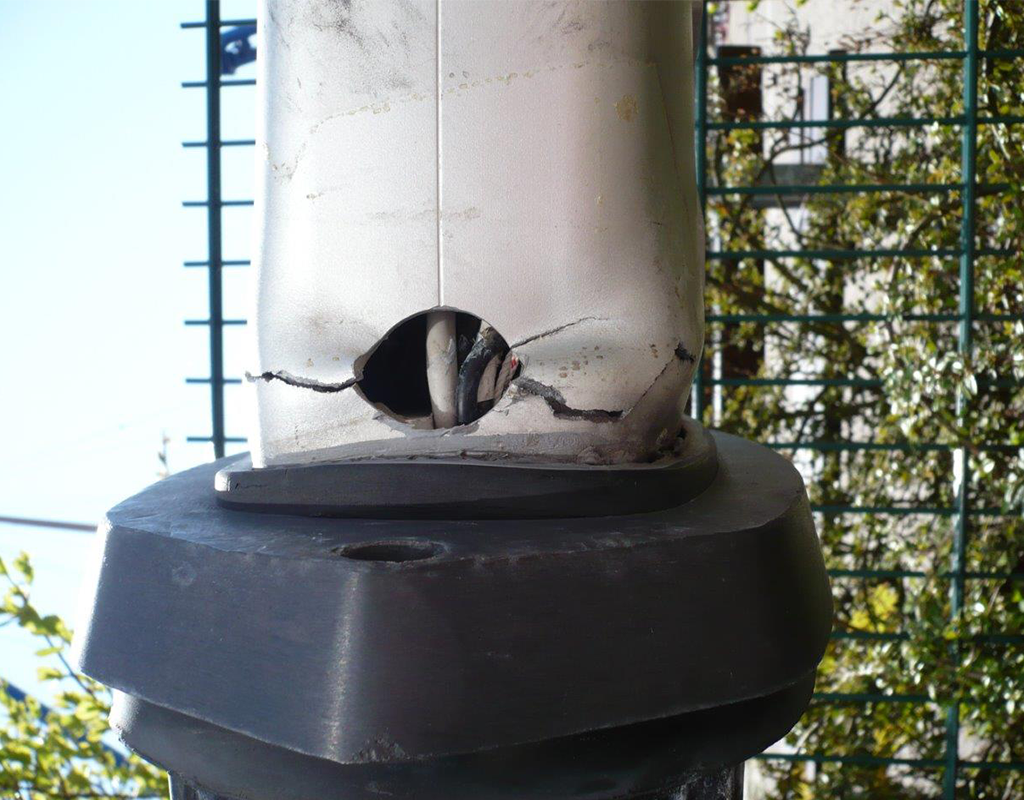
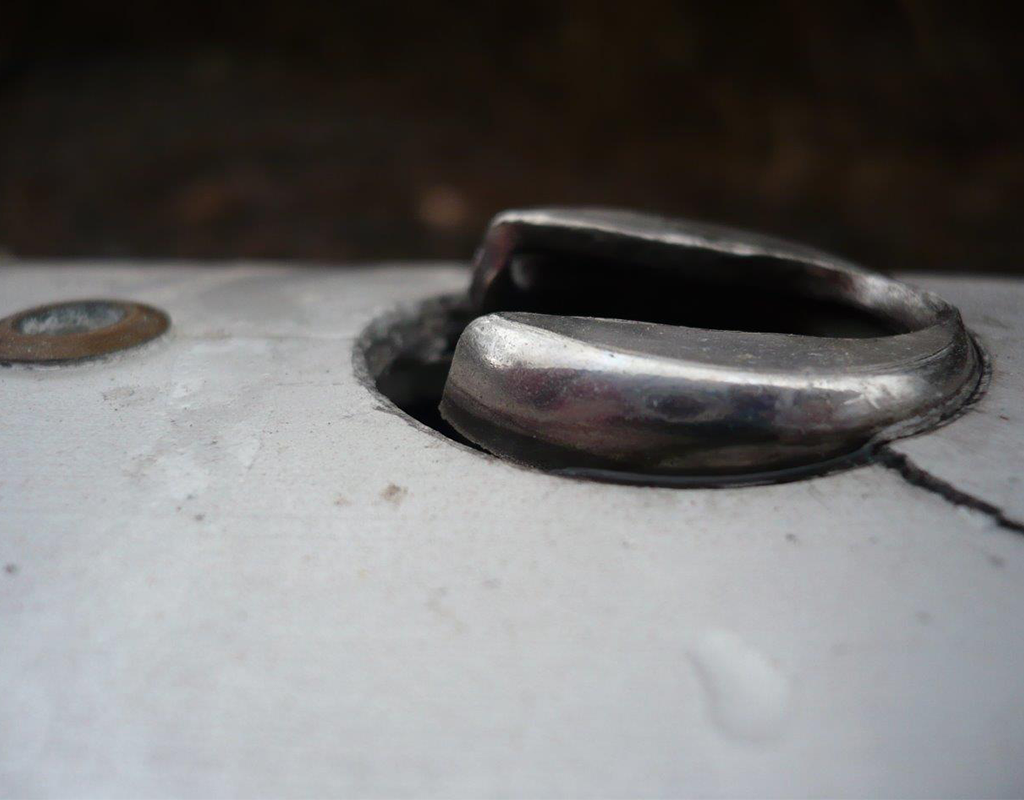
Retaining plates are used to support the sides of the mast and thus, help transfer the force of the shroud into the mast. Today, they are usually hooked into the mast and secured with screws or rivets to prevent them from slipping or becoming loose when they are not under load. Is the base still in the correct place? Does the plate move at all? This can be identified by looking at the position of the plate and, where the deterioration is worse, you may see cracks and dents in the mast.
Bolts/pins that are ill-fitting or too small will cause damage to the base of the bolt. This can result in the bolt itself being damaged, along with the terminal and the connection. The connection of the bolts to the terminal and also to the turnbuckle should be regularly separated and checked. Inspecting for corrosion damage, dents and cracks is extremely important. Cracks, for example, can be caused by bolt damage but also by corrosion. Cleaning and polishing the surfaces will highlight this kind of damage and should therefore be done as part of the regular maintenance.
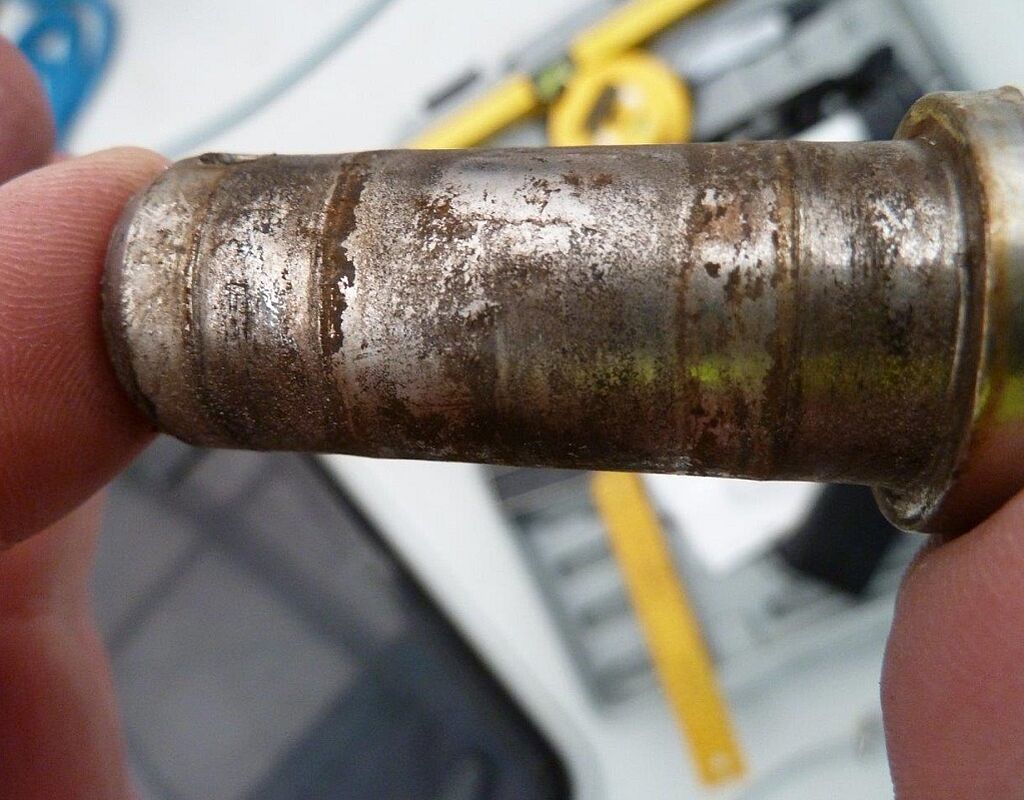
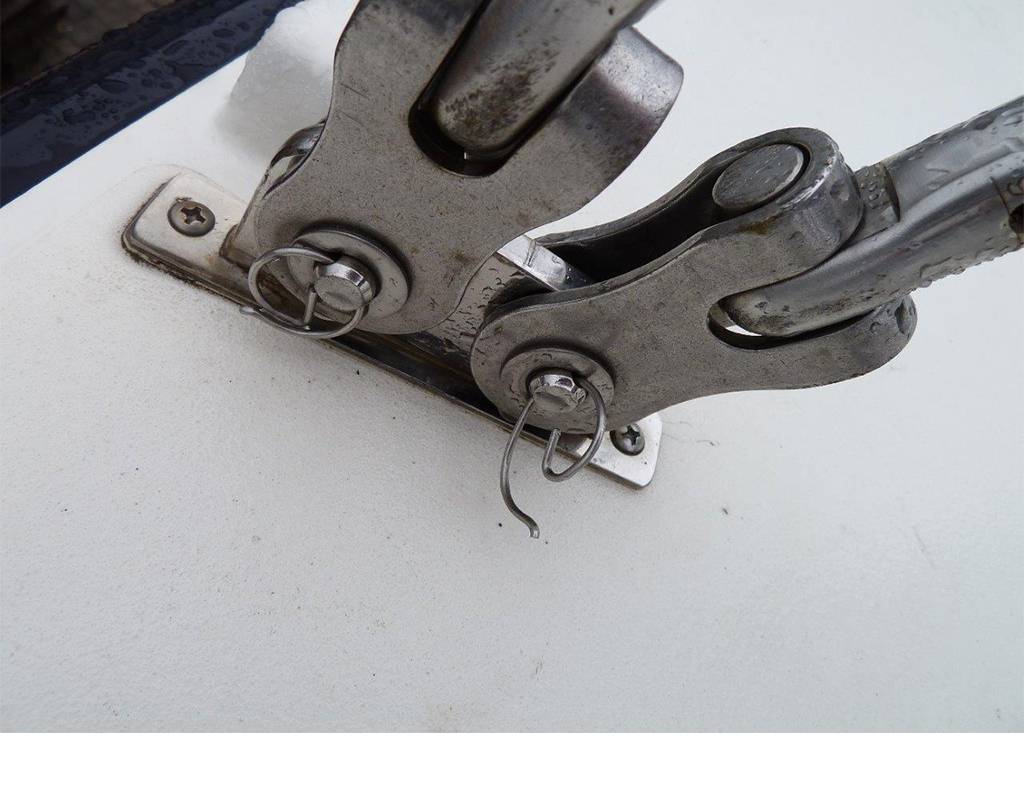
Bent ring pins and non-spread pins can lead to the bolt falling out and thus, important connections can become loose.
Tips:
Fork terminals can be found in the connection of a shroud, for example, or fore and aft with a chainplate. If a bolt slips out of the fork due to a missing safety catch, then the terminal bends up and detaches from the chainplate.


If the shrouds are not loosened correctly, then faults such as kinks in the wire can be created. Wire consists of strands and when a strand breaks, the broken off part sticks out of the wire, and this often happens due to wear or corrosion close to the terminal. In either of these scenarios, a shroud or a stay will need to be replaced.
Terminals are located at the end of shrouds and stays usually press against them. They should be subjected to regular and thorough checks. If you spot any hairline cracks or damage, you should take action immediately, because this can rapidly cause a break. A terminal can bend and get warped under load. It is important to pay attention to its original shape and, if in doubt, compare it with the other terminals. T-terminals are particularly susceptible to bending between the terminal and the T-bar, so you should examine those closely.
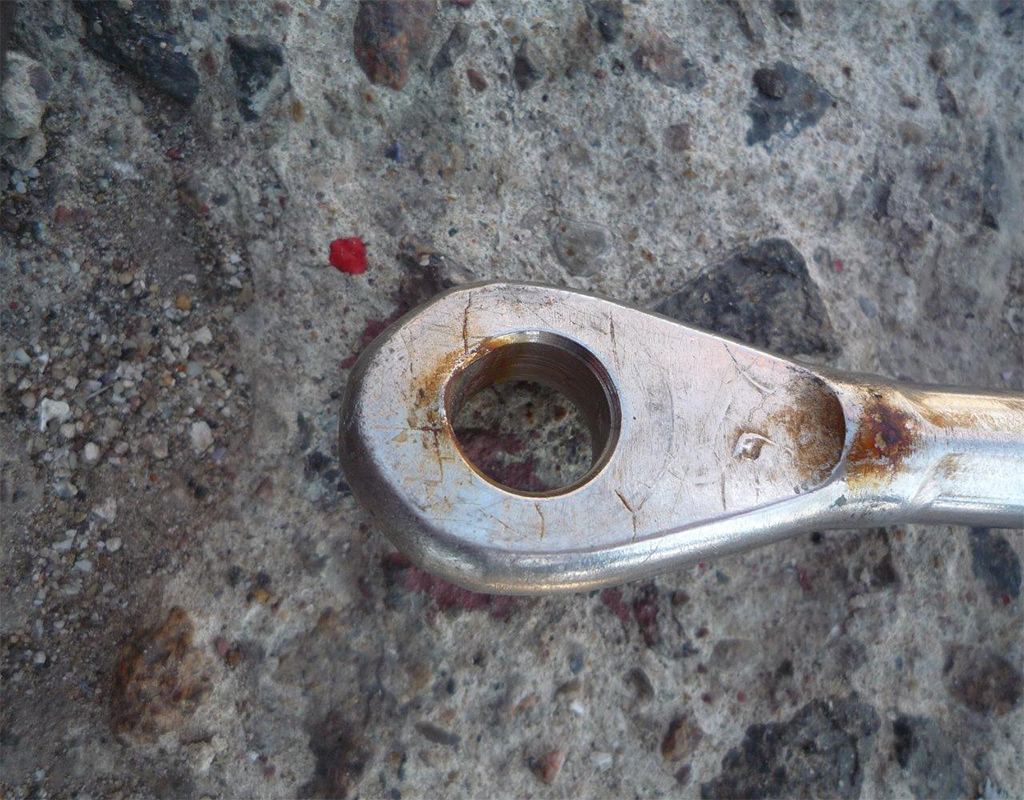

Cracks, corrosion, wear or deformation? Are the bolts bent or worn out? You can recognise a worn chuck iron by the typical 'long hole' and/or by cracking and rusting that may have occurred. This can be caused by a bolt that is too small or by overstressing. It is also important to check the chocking below deck: Are the bolts and nuts in the bulkhead or frame bulkhead still tight? Is there corrosion in the deck passage? If the shroud turnbuckles are fitted at the beginning of the season, the threads must be cleaned and greased so that they run smoothly. When installed, they must then be secured against turning.